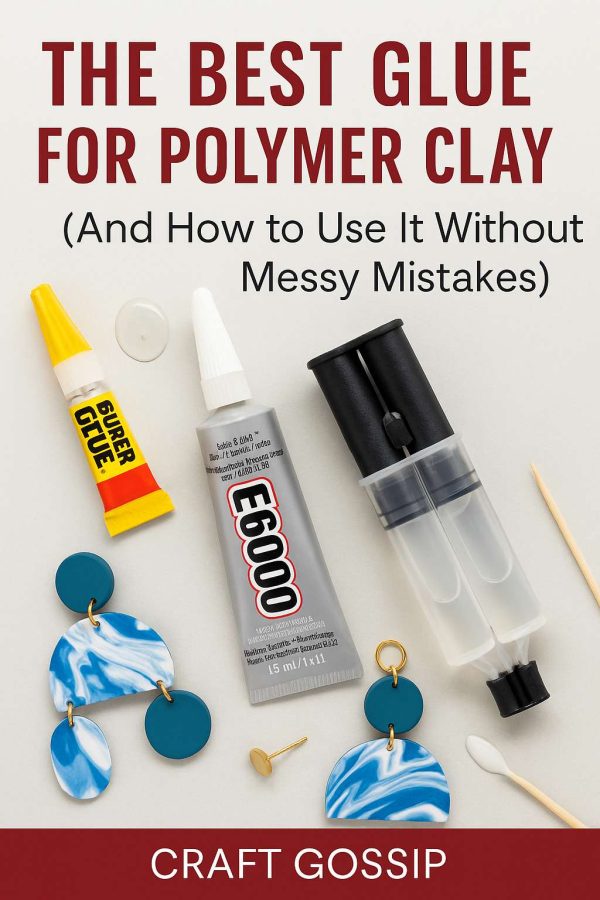The latest magazine to do with our obsession is… The Polymer Arts. I’m reprinting the press release I received here:
The Polymer Arts Magazine Provides Instruction, Insight, and Inspiration for the Professional and Aspiring Polymer Clay Artist
AURORA, Colorado. July 23, 2011—The premier issue of The Polymer Arts magazine will go to print in August of 2011. This new magazine has been created to provide the polymer clay artist, as well as enthusiasts, collectors, and galleries, the kind of information that will encourage innovation and support of the art world’s youngest and most versatile medium.
In recent years accomplished and innovative polymer clay art work has been making its way into esteemed galleries and national museums. However, a perception that polymer clay is an amateur art material still persists. Unlike other fine art mediums, polymer clay has not had an industry specific periodical documenting the high caliber of work and trends in the community, until now.
The Polymer Arts magazine, an English language quarterly will be available in both digital and print versions. It will be readily accessible to artists and other supporters of polymer clay across the globe. Planned content will include a rotation of regular articles and features such as:
· Featured Theme Articles—Each issue will present and focus on a particular theme, with the following editorial planned: Issue #1—Genesis: How it all started, Issue#2—Education & Instruction, and Issue #3—Artistic Spaces.
· Material Issues—An in depth exploration of technical and creative polymer clay techniques and practices.
· The New and Improved—Testing new products and tools or exploring new ways to use existing products.
· Emerging Talent—Gallery of new artists’ work with interviews.
· Masters Gallery—Gallery of distinguished work with artist interviews.
· Inspiration Challenge—A showcase of readers art, inspired by articles in a previous issue.
· The Bottom line—Articles on selling, displaying, listing, and marketing, etc.
· In Good Company—Personal experience & reporting on events, retreats, workshops and shows.
· The Lists—Links, contact information and summary descriptions of polymer clay art, related retail and wholesale businesses, publication opportunities, contests and challenges, events & classes, guild and on-line communities, and accomplished artists.
Sage Bray, the publisher and creator of The Polymer Arts magazine, is also an award winning polymer clay artist whose obsession with the material, lead her to leave a well-paying corporate position to explore this new art form only six months after being introduced to it. Ms. Bray had previously juggled her creativity between jewelry making and graphic design, along with writing and publishing, which had been her primary career focus for nearly 20 years. She has now transitioned back to publishing, which is a field she has kept her hands in since creating her first literary publication 25 years ago. The Polymer Arts magazine has become the perfect opportunity for Sage to combine her passions for the written word and polymer clay in a professional and informative periodical whose time is long overdue.
CONTACT:
Sage Bray
720-324-7872


Looks very promising! can’t wait to see it 🙂
Iris.